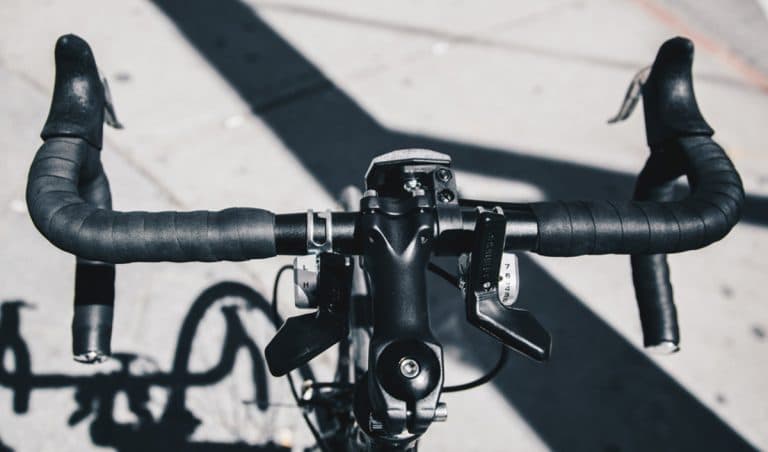How black people found solace in cycling during the Black Lives Matter protests

In the deepest, darkest waves of lockdown, I vowed to use this opportunity to get fit. I swore I would prepare for next year’s marathon and even tried my hand at Chloe Ting’s workouts, which I can undoubtedly say are not for the weak-hearted. Nonetheless, I persevered with my daily squats not realising that I was actually prepping for several tests of personal endurances. While abiding by the regulations, I attended an array of protests with a spring in my step to counteract the stress, as I had found a physical activity that I actually enjoyed—cycling.
Cycling, in some form, has always been a political statement, and cycling while black is a political act itself. Britain’s long-held commercial representation of cyclists have predominately been of white people while, unfortunately for black cyclists, the cultural caricature the media presents answers to the title ‘roadman’.
We’ve long laughed at these humorous, underlying racist narratives but what the past few months have depicted is that regardless of wealth, profession or vehicle, black people are more likely to endure degrading stop-and-searches by police officers.
On the 14 June, one hot Sunday afternoon, I accepted an offer to spend the day cycling from Oxford Circus to Clapham Common with Chain Cyclists, a collective group raising money for the Stephen Lawrence Charitable Trust with the motto ‘A cycle of change in the community’.
When Jason, Peniel, Ben and Emmanuel jointly rediscovered their love for riding, they didn’t expect the rapid growth. “It started as a way of keeping healthy and spending time with our friends. Once we realised how many people wanted to join us, we took the initiative towards doing something positive and have been going strong ever since.”
Despite the shifting decline of media coverage of those still fighting for black lives, many have continued spreading support for black activists, businesses and groups on socials, ahead of the first Black Pound Day in June. The second Black Pound Day happened on 1 August and will continue to occur every first Saturday of each month.
While financial support for black businesses is being encouraged, others have found comfort in showing up with their bikes and riding in solace with other black cyclists under the umbrella term ‘the Black Unity’. The bike ride event said to be “riding in the name of unity, empowerment and love” hosted by Black Cyclists Network joined forces with Chain Cyclists and Toksy Toks to organise the day. With the hopes of achieving equality, this event invited a multitude of other collectives to join the day and combat the taboo. And thus, a black cycling community was born.
Temi, founder of Black Riders Association was one of many invited to tag along for the day. In 2018, Temi agreed to join a fellow friend on a fundraising cycle from London to Nigeria. “As a keen traveller, I was taken aback by my friend’s bravery,” he said. “I’ve always cycled but never with intention, so when the opportunity arose to come along I took it and being of Nigerian descent I wanted to take this chance to go back and visit.” As he prepped and trained ahead of his trip, he began to source and search for information that led to his discovery.
“Blogs, shops, events and cycling groups were dominated by white men,” he explains, “It was hard to find black cyclists at the time, possibly because of the taboo, but I found a few who advised me on what bike to get and training tips.” Following the trip that took him around 14 countries in two and a half months, he noticed the budding interest in his journey which led him to create My Choice, a social enterprise making impactful change. “I felt that by increasing diversity in cycling and forming a group that encourages leisure and fitness, cycling helps make it more accessible.”
Prime Minister Boris Johnson, a fellow cyclist, announced plans to spend £2 billion on a new cycling scheme in a bid to tackle obesity in the UK. Following the £50 bike repair voucher scheme recently introduced, Johnson has now promised cycle lessons for all. Additionally, new bike lanes will be introduced and GPS are set to prescribe cycling as part of the push.
Cycling culture is on the rise for diverse reasons. I hope that, alongside the introduction of these schemes, Johnson also start tackling the racial profiling of black cyclists so that marginalised communities can also reap the benefits. After all, we all want to work together to tackle climate change, right?




